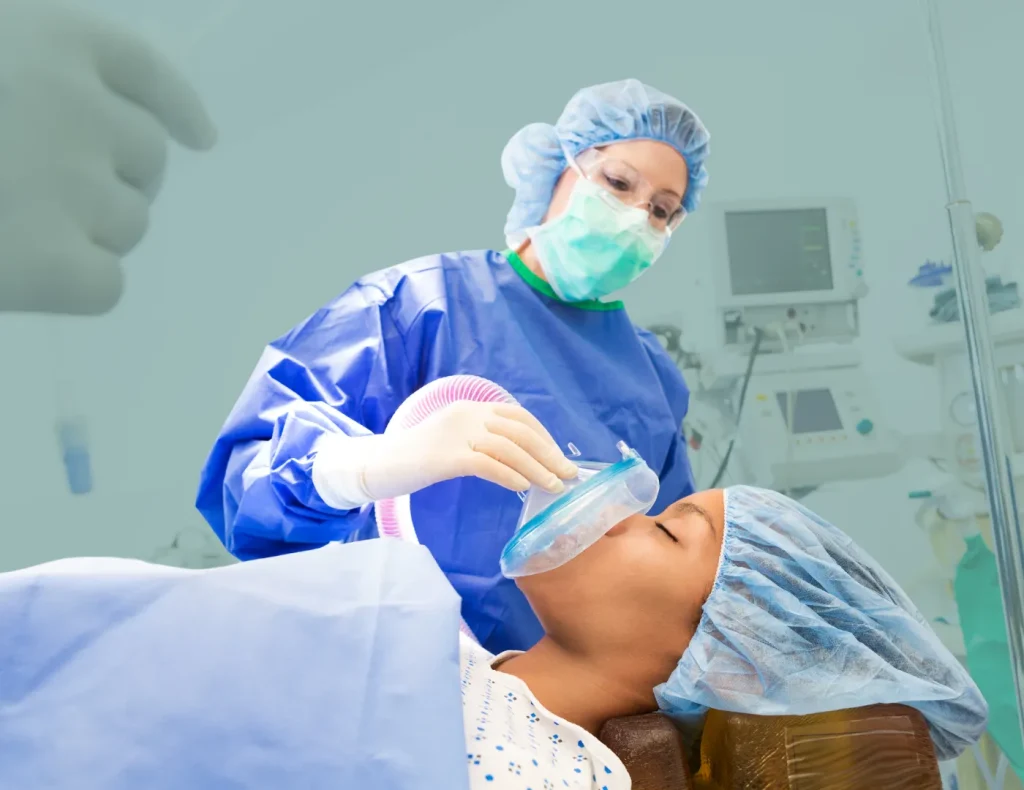Cosmetic dentistry is often associated with dazzling smiles, perfect alignments, and enhanced confidence. Yet, for many patients, the path to these improvements is shadowed by an equally strong feeling—dental anxiety. While advances in techniques and technology have improved comfort, the emotional barrier to sitting in a dental chair remains significant for some. Sleep dentistry offers a transformative solution, allowing patients to undergo cosmetic treatments in a deeply relaxed state, with the same precise, high-quality results they would expect while fully awake.
Why Sleep Dentistry Appeals to Cosmetic Dentistry Patients
Cosmetic procedures often require longer sessions than routine dental care. Whether it’s veneers, crowns, implants, or full smile makeovers, the intricate work demands precision—and sometimes multiple hours of uninterrupted treatment. For a patient prone to restlessness, jaw fatigue, or heightened nervousness, these sessions can feel overwhelming.
Sleep dentistry allows a dentist to carry out these treatments while the patient experiences minimal awareness or discomfort. Sedation dentistry can range from light sedation—where the patient remains conscious but relaxed—to deeper forms, where they have little to no memory of the procedure. The choice depends on the complexity of the treatment and the patient’s comfort level.
The result? A smoother experience for both patient and practitioner, where cosmetic precision is not compromised by patient discomfort or anxiety-related interruptions.
How Sleep Dentistry Works in Cosmetic Cases
Sedation in cosmetic dentistry is not a “one-size-fits-all” approach. Dentists assess each patient’s medical history, anxiety level, and treatment needs before selecting the appropriate sedation method.
- Oral Sedation: Involves taking prescribed medication before the appointment, allowing a calm, drowsy state without full unconsciousness.
- IV Sedation: Administered through a vein, enabling the dentist to control the level of sedation throughout the procedure.
- General Anaesthesia: Used less frequently for cosmetic dentistry, but valuable for extensive procedures or patients with extreme dental phobia.
While sedated, patients can undergo comprehensive cosmetic treatments in a single extended session—reducing the need for multiple visits and the stress that comes with repeated dental chair time.
Psychological Benefits Beyond Physical Comfort
Beyond the physical ease, there’s the psychological freedom offered by the quiet touch of sleep dentistry. For many, anxiety is not just about fear of pain but also about the anticipation of discomfort, the sound of dental tools, or the feeling of loss of control. Sedation interrupts this anxiety loop, creating a calmer memory—or no memory at all—of the procedure.
This positive shift can be life-changing for patients who have delayed or avoided cosmetic treatments for years due to fear. Once they experience dentistry without stress, they often approach future appointments with greater confidence.
Comfort Without Compromise
A common concern for patients considering sedation is whether it affects the quality of cosmetic results. The reassuring truth is that sedation affects only the patient’s perception of the experience, not the precision of the work. Dentists trained in both cosmetic procedures and sedation techniques follow the same meticulous processes, ensuring the same level of detail and artistry.
For instance, when preparing teeth for veneers or aligning them with orthodontics, accuracy is critical. Sedation simply allows the dentist to focus entirely on the intricate work without managing frequent breaks or calming interventions. The artistry of cosmetic dentistry remains intact—only the patient’s awareness of the process changes.
A Game-Changer for Full Smile Transformations
For patients pursuing extensive cosmetic changes—such as a full-mouth reconstruction or a combination of veneers, crowns, and whitening—sedation can be the deciding factor in their ability to complete treatment. These multi-step procedures can be consolidated into fewer appointments, saving both time and emotional energy.
Dentists benefit too. Working with a relaxed patient allows them to maintain focus, achieve optimal precision, and complete more work in one sitting. The result is a smoother, more efficient path to a beautiful, lasting smile.
The New Standard of Patient-Centered Care
Sleep dentistry reflects a broader shift in dental care—one that places the patient’s emotional well-being on equal footing with clinical excellence. Cosmetic dentistry is not just about how teeth look; it’s about how patients feel before, during, and after the process. Sedation options remove one of the greatest obstacles to seeking treatment, empowering more people to pursue the smiles they’ve dreamed of.
Even those who begin with mild sedation for their first cosmetic treatment often report feeling more at ease in subsequent visits. In some cases, patients no longer require sedation after their initial experiences, having developed trust in the process and their dental team.
For anyone holding back from cosmetic improvements due to fear, the combination of advanced aesthetic techniques and modern sedation offers the best of both worlds—transformative results without the emotional toll. It’s a choice that not only changes smiles but can also reshape a patient’s relationship with dental care altogether.
The right sedation approach should always be discussed with a qualified professional, ensuring safety, comfort, and the seamless delivery of the chosen cosmetic treatment. When paired with the skill of an experienced dentist, sleep dentistry is more than a comfort measure—it’s a confidence catalyst.
For those still wrestling with apprehension, exploring the answer to dental anxiety could be the first step toward unlocking the smile they’ve always wanted.
